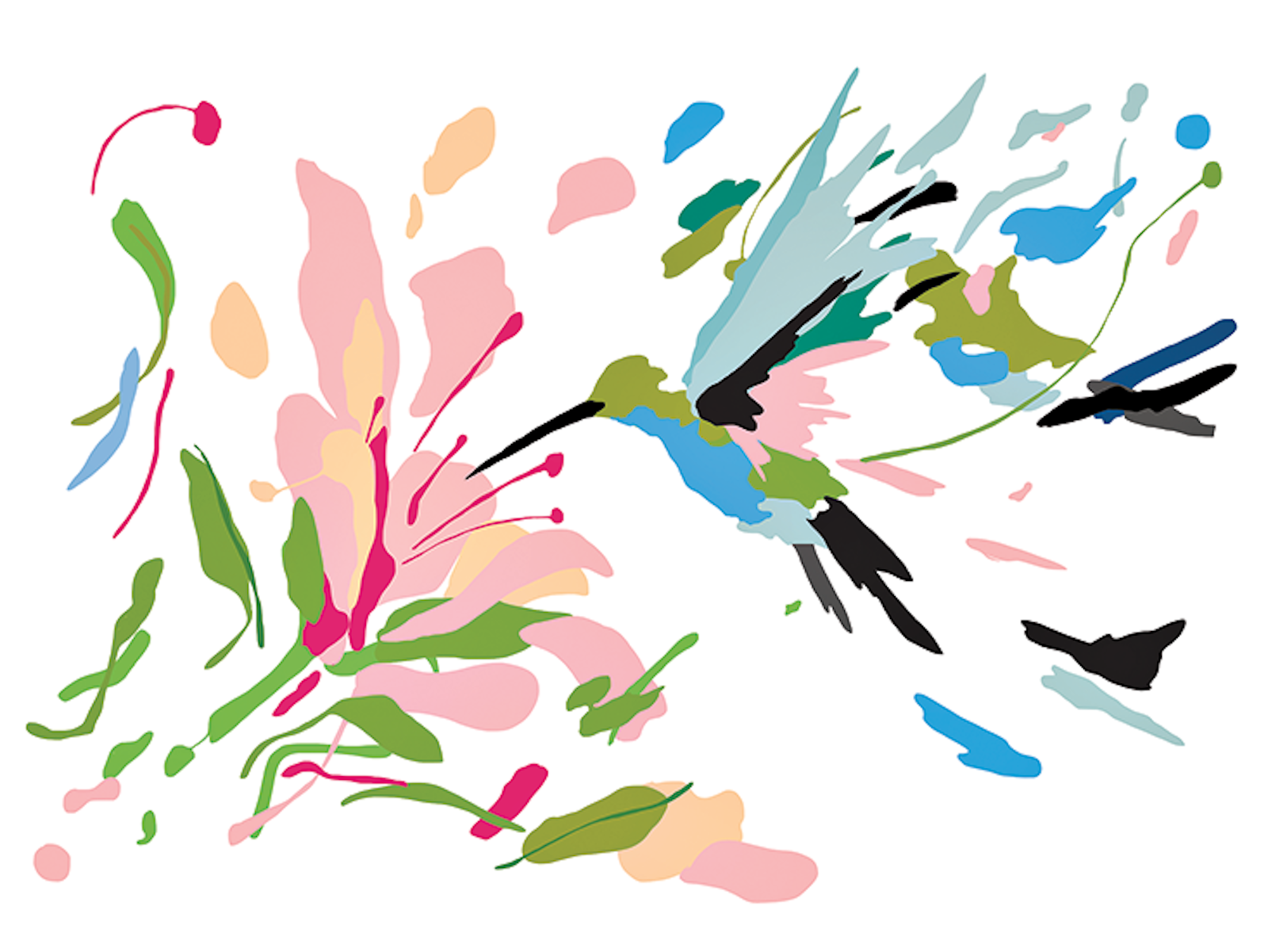Can an organism ever become perfectly evolved? In Richard Lenski’s lab at Michigan State University, scientists are trying to see if that’s possible. The idea grew out of the lab’s Long-Term Evolution Experiment, started in 1988, with Escherichia coli; in 2010, they celebrated 50,000 generations (500 occur every 75 days). The lab has 12 populations of the bacteria inhabiting their own climate-controlled flasks of swirling nutrient solution, each like a finch-less Galapagos—an experiment in evolution by natural selection, but one that has been stripped to its bare essentials.
For the past 28 years, there has been essentially no change in the bacteria’s environment, and the only competition they face is with each other over scarce glucose. If there were ever a setting where a living organism could become perfectly adapted to its environment—a place where natural selection could reach an ultimate conclusion—Lenski would seem to have created it. Yet, the bacteria keep evolving year after year. Some of the researchers in Lenski’s lab, wondering if the bacteria would ever stop, decided to take a closer look. They began plotting the rate at which the bacteria in their 12 flasks were becoming better adapted. The team measured their rate of evolutionary change by periodically taking samples from each of the 12 flasks and putting them together into a new one, where they would compete against a reference strain of E. coli. After 24 hours or more, they would compare the number of reference strain E. coli to the experimental E. coli. The higher the number of experimental E. coli, the better it was adapting to its environment.
It sounds straight-forward, but the effort quickly ran into problems. “By the time people would gather enough data, and calculate what the theoretical limit was, the most recent generations [of E. coli] had already surpassed that,” said Michael Wiser, a biologist in Lenski’s lab. The mathematical model that the team used was based on the assumption that upticks in the rate of reproduction by the experimental E. coli would slowly taper off and ultimately stop, indicating that some optimum level of adaptation had been reached. But that wasn’t the trajectory the E. coli were taking. They were reaching, then exceeding theoretical expectations of evolutionary fitness.
“What would you expect an evolutionary trajectory to look like?” asks Noah Ribeck, a physicist turned biologist on the research team who helped develop mathematical models to predict the rate of evolutionary improvement. No one on the team could answer him.
Evolution is “trying” to create bacteria that are as high up the peaks as possible—the higher you are, the better adapted you are to your environment.
To resolve this conundrum, Ribeck sought out the work of Tim Cooper, an experimental evolutionary biologist at the University of Houston. Cooper says he studies “the process of evolution in ‘real-time.’” Cooper had argued that beneficial mutations in E. Coli would have diminishing returns as a population becomes better adapted to its environment. From this, Ribeck developed a power-law model for the bacteria’s evolution that took into account the population size, the rate at which beneficial mutations occur, and how those mutations interact. This model did a much better job of fitting the data that the team was collecting—it has the rate of increasing fitness decline over time but fitness itself, they wrote, “has no upper limit,” unlike in their previous model.
The model’s lack of an upper limit to fitness “did not lead to absurd predictions that would seem to violate physical constraints,” the team wrote. When the model was extrapolated millions of generations into the future, the predicted fitness levels continued to grow (albeit more slowly). The results, they wrote, “add support to the hypothesis that adaptive evolution is unbounded even in a constant environment.”
To explain this to me, Ribeck used a metaphor: Imagine, he said, a landscape with peaks, valleys, and plains. Each point on the landscape represents a possible genome of an E. coli bacteria that differs from its neighbors by a single gene. In this metaphor, evolution is “trying” to create bacteria that are as high up the peaks as possible—the higher you are, the better adapted you are to your environment.
In their experiment, each population of the 12 seemed to be taking its own path across the fitness landscape despite sharing identical environments. Six of the populations showed mutations in genes that prevent errors in copying DNA from one generation to the next, which resulted in a very high rate of both good and bad mutations. Another population showed very slow fitness gains, as if it had wandered into a part of the fitness landscape where few peaks existed. One particular gene, they observed, had loosened the way that the bacteria’s DNA was coiled within the cell; for reasons that no one yet knows, it provided an astonishing 13 percent improvement in one population’s fitness.
Evolutionary biologists had thought that, gradually, organisms living in the same environment would climb the same adaptive peaks, and that fitness would eventually stop improving. The perfectly evolved organism would result. But Ribeck’s model seems to indicate that there may not be a single perfect state that an organism can achieve. “Adaptation doesn’t drive populations predictably toward exactly the same fitness peak,” said Ribeck. “Oftentimes in, say, ecological models,” said Wiser, “we assume that species out in nature are about as adapted as they are going to get to their physical environment.”
Their study, published in December in the Proceedings of the Royal Society B, would seem to upend that assumption. Their results imply that, even in the simple environment of those flasks, “adaptation and divergence can continue indefinitely—or at least for a long time—even in a constant environment.” The answer to the question “can life ever be perfectly adapted,” then, is that there’s no single adaptation that is perfect.
As Ribeck put it, “we’re really bad at imagining the vastness of this adaptive landscape.”
Zach Zorich is a freelance science journalist and contributing editor at Archaeology magazine.






























